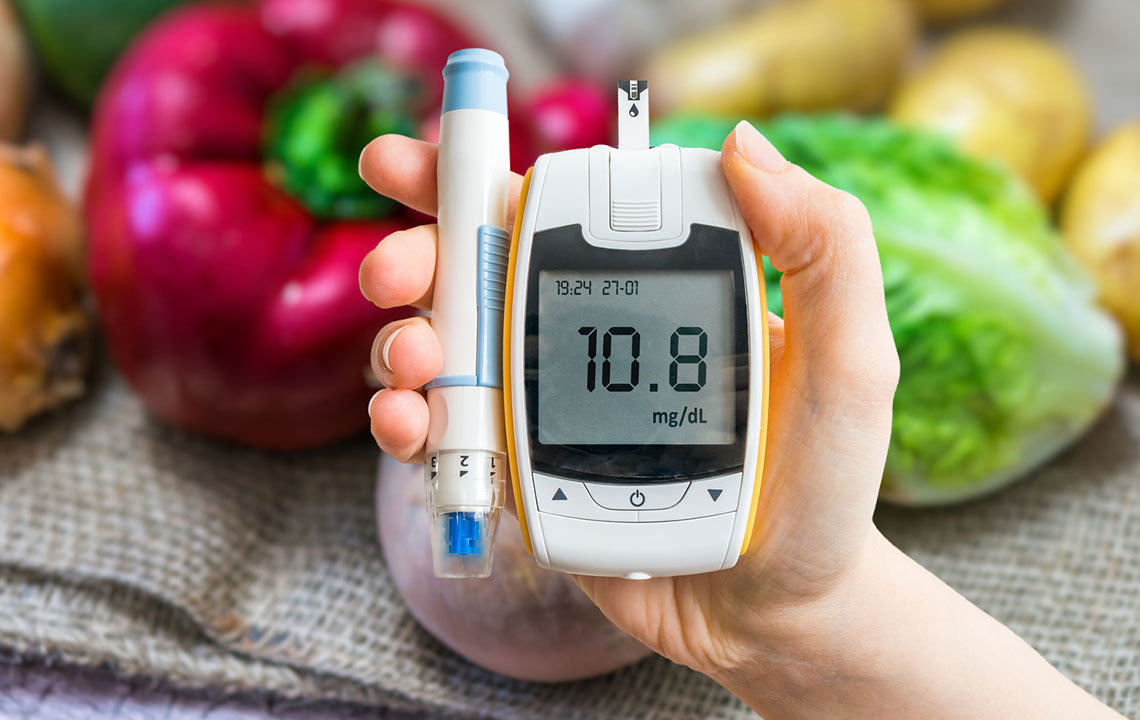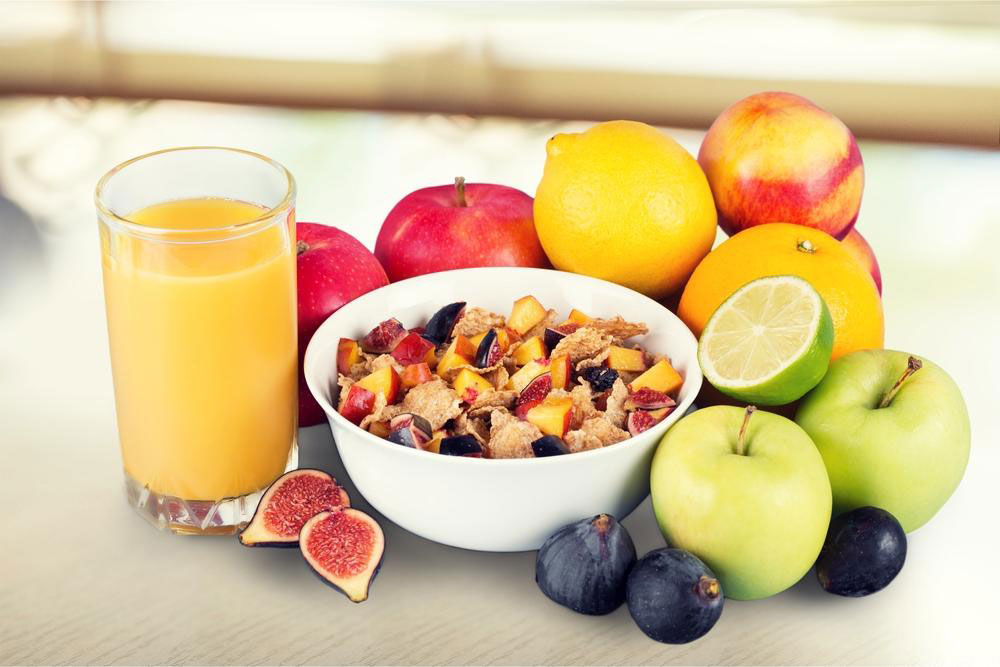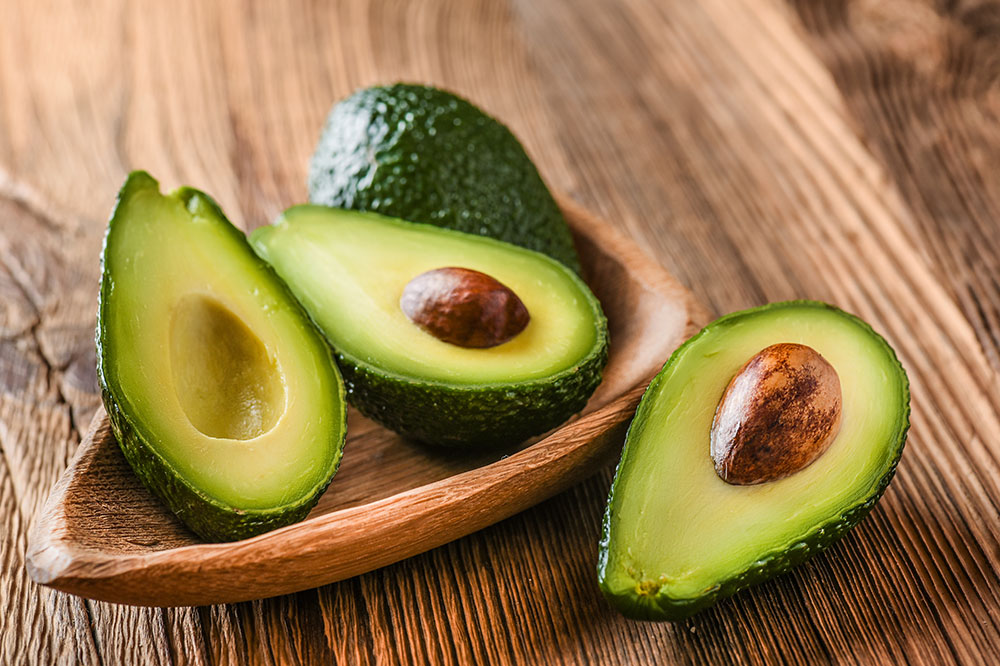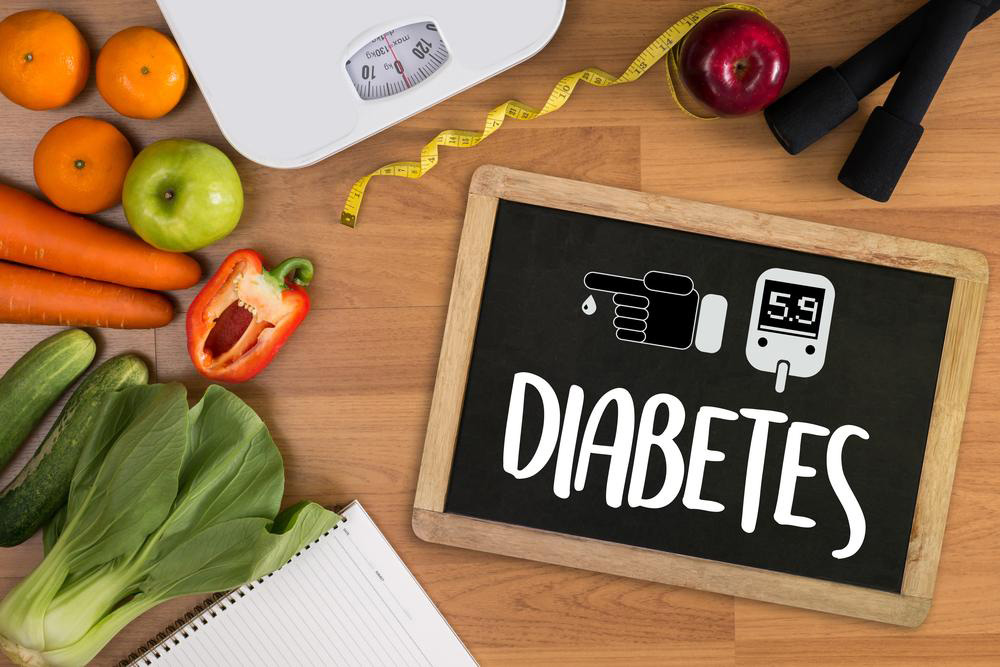Comprehensive Guide to Nutrition for Effective Diabetes Management
This comprehensive guide explores essential eating strategies for managing diabetes effectively. It highlights foods to include and avoid, emphasizing whole grains, vegetables, fruits, lean proteins, and healthy fats. With practical tips on meal choices and moderation, it helps individuals enjoy a flavorful, balanced diet while maintaining optimal blood sugar levels. Managing diabetes through nutrition can improve overall health and quality of life, making this guide a valuable resource for those seeking to control their condition naturally and sustainably.
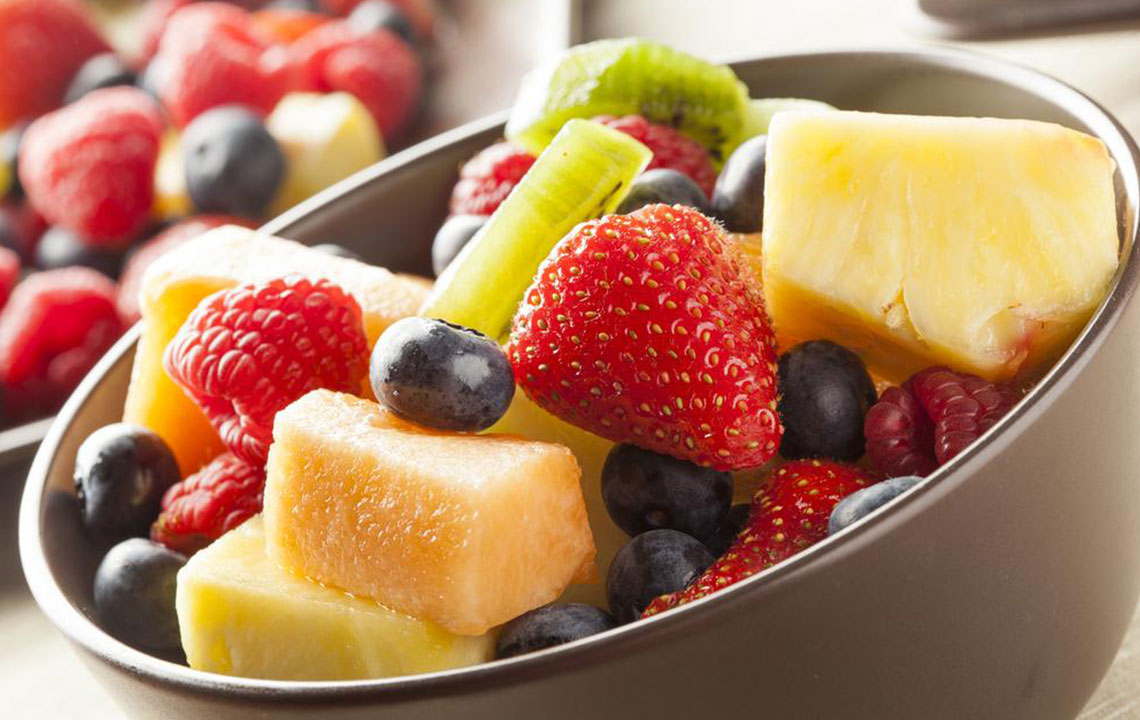
Comprehensive Guide to Nutrition for Effective Diabetes Management
Living with diabetes requires more than medication; it fundamentally involves making mindful choices about your diet and lifestyle. Since diabetes is often interconnected with other health complications such as hypertension and cardiovascular diseases, adopting a balanced and nutritious diet becomes crucial for managing the condition effectively. Proper nutrition not only helps control blood sugar levels but can also improve overall health, enhance quality of life, and even potentially reverse some symptoms through lifestyle adjustments.
By understanding how different foods influence blood glucose levels, individuals with diabetes can enjoy a rich, varied diet without compromising their health. Making informed choices about what to eat, when to eat, and how much to consume is the cornerstone of effective diabetes management. While some foods can cause spikes in blood sugar, others can help maintain stability. This detailed guide will help you identify suitable and unsuitable foods and develop an eating plan tailored to your needs.
Understanding the impact of foods on blood sugar is essential for anyone managing diabetes. Carbohydrates, which are broken down into glucose during digestion, have the most significant influence on blood sugar levels. Carefully selecting carbohydrate sources and controlling portion sizes can help maintain blood glucose within a healthy range. In addition, a balanced diet includes proteins, healthy fats, and plenty of fiber, all of which contribute to better blood sugar regulation and overall health.
This extensive guide provides comprehensive information on food choices for people living with diabetes. It discusses which foods to embrace and which to limit or avoid, offering practical advice for creating a sustainable, enjoyable, and healthful eating plan.
Foods to Include for Optimal Blood Sugar Control
Adopting a diabetes-friendly diet involves prioritizing whole, minimally processed foods rich in fiber, healthy fats, and quality proteins. Here is a detailed overview:
Complex Carbohydrates and Starches
Whole grains such as brown rice, oats, quinoa, millet—rich in fiber and nutrients, these slow down glucose absorption, preventing spikes.
Baked sweet potatoes (preferably baked rather than fried)—an excellent source of vitamins and fiber.
High-fiber cereals made from whole grains—choose without added sugars, providing steady energy release.
Shirataki noodles—low-calorie, low-carbohydrate alternative that can replace traditional pasta.
Foods to limit or avoid: White rice, regular pasta, instant oatmeal packets, white bread—these cause rapid increases in blood glucose due to their refined nature.
Vegetables with Nutritional Benefits
Vegetables are crucial for providing essential nutrients and fiber while being naturally low in calories and carbs. Include a variety in your meals:
Fresh, steamed, roasted, or grilled vegetables—preserve nutrients without adding unhealthy fats or sugars.
Leafy greens such as kale, spinach, arugula, and broccoli—high in antioxidants and fiber.
Low-sodium vegetables (prepared without excessive salt)—support cardiovascular health.
Root vegetables like carrots, beans, onions, zucchini, and eggplant—provide flavor and nutrients.
Foods to limit or avoid: Potatoes, corn, and canned or pickled vegetables with added salt or preservatives.
Fruits for Essential Vitamins and Minerals
While fruits contain natural sugars, they are also packed with vitamins, minerals, and fiber. Choosing the right fruits is key for blood sugar control:
Fresh berries such as strawberries, blueberries, and blackberries—low in sugar and high in antioxidants.
Canned fruits labeled as low or no sugar added—an easy addition to meals or snacks.
Seasonal fruits—opt for local, fresh options for maximum nutritional benefit.
Foods to avoid: Dried fruits, sweetened fruit preserves, jams, jellies, fruit juices, and sugary beverages—these can cause rapid blood sugar spikes.
Moderate Coffee Consumption and Its Potential Benefits
In moderation, coffee may have health benefits relating to diabetes risk reduction. Beverages should be without added sugars or high-calorie flavorings:
Unsweetened black coffee or lightly flavored coffee drinks
Low-sugar, minimally processed coffee options
Limited quantities of flavored frappuccinos with reduced additives
Foods to avoid: Flavored coffee drinks with added sugars, sweeteners, or artificial syrups—these negate potential benefits and increase calorie intake.
Smart Choices in Dairy Products
Dairy can be part of a healthy diet if chosen carefully:
Skimmed or non-fat milk—reduces fat intake while maintaining calcium levels
Low-fat or non-fat yogurt and cottage cheese—rich in protein and probiotics
Low-fat sour cream—used in moderation for flavor enhancement
Foods to avoid: Whole milk, flavored yogurts with added sugars, ice cream and creamy desserts—these contain high levels of saturated fats and sugars that can disrupt blood sugar stability.
Handling Sweets and Natural Sweeteners
While generally high in sugar, some natural sweeteners can be incorporated judiciously:
Apple cider vinegar—may help improve insulin sensitivity when used in moderation
Natural sweeteners like stevia and monk fruit—alternative options to traditional sugars, with minimal impact on blood glucose
Foods to avoid: Honey, maple syrup, candies, sweet baked goods, pies, and cookies—these contain concentrated sugars that cause significant blood sugar spikes.
Protein-Rich Foods and Meat Choices
Proteins support muscle health, satiety, and blood sugar regulation. Include a variety of sources:
Seafood—rich in omega-3 fatty acids, beneficial for cardiovascular health
Plant-based proteins—such as legumes and tofu
Poultry—preferably skinless chicken or turkey
Eggs—good source of high-quality protein
Foods to limit or avoid: Processed meats, red meats, and meats high in saturated fats such as certain sausages or bacon.
Selecting Healthy Fats and Oils
Healthy fats are essential in a diabetic diet. Focus on quality sources:
Extra virgin olive oil—beneficial monounsaturated fats
Plant oils like canola, flaxseed, and avocado oil—support cardiovascular health
Fish oils—rich in omega-3 fatty acids, beneficial for inflammation control
Foods to avoid: Trans fats found in hydrogenated oils, margarine, and many processed snack foods.
Snacks and Fiber-Rich Nuts and Seeds
Snacks should be nutrient-dense and help maintain blood sugar levels:
Almonds, pistachios, walnuts—filled with healthy fats, protein, and fiber
Chia seeds and flaxseeds—excellent sources of omega-3s and fiber
Groundnuts or peanuts in moderation, avoiding excess salt or sugar
Foods to avoid: Excessively salted nuts or coconut—a source of saturated fats that should be consumed sparingly.
In summary, a well-balanced diet emphasizing whole foods, fiber, lean proteins, and healthy fats can significantly impact blood glucose control and overall health in individuals with diabetes. Being aware of foods that cause rapid sugar increases helps tailor a sustainable eating plan. With thoughtful meal planning and moderation, managing diabetes becomes more achievable, allowing individuals to enjoy a varied diet without sacrificing flavor or nutrition.

